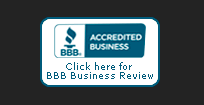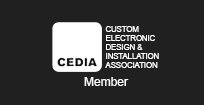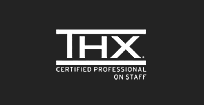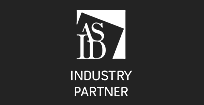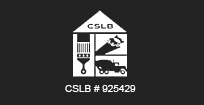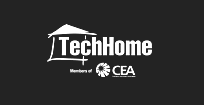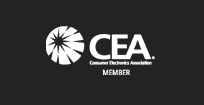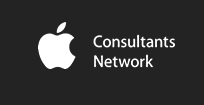Philips Offers Smartphone-Controlled Lighting
Philips Lighting is launching a network-enabled lighting-control system available only through Apple stores.
The system, called hue, is positioned as the world’s first Web-enabled LED home lighting system sold direct to consumers. It lets users control LED light bulbs from iOS and Android apps on smartphones and tablets when inside the home or from afar.
Offered exclusively through Apple stores beginning Oct. 30, the $199 hue starter kit includes three LED bulbs, which fit into any standard light fixture, and a ZigBee-based wireless bridge that connects to a home’s existing wireless router. From the app, consumers can remotely control home lighting, personalize their lighting experience with custom settings, and program timers.
Additional bulbs cost $59.
Hue controls up to 50 LED light bulbs via the open ZigBee LightLink wireless standard, with individual control over each bulb. Users can save personal light settings and recall them from a smart device. Hue also includes four pre-programmed light settings that adjust bulbs to an optimum shade and brightness of white light for such scenarios as relaxing, reading or boosting mood and energy, the company said.
Users can also set each bulb to emit a different color from among more than 16 million colors.
Using the ZigBee LightLink standard, hue bulbs create a mesh network so that the bulbs can get a ZigBee command even if far from the home’s ZigBee bridge. The standard lets the system use significantly less stand-by power than Wi-Fi, Philips added.
Hue can be integrated with other ZigBee-based systems such as motion sensors and home thermostats for additional home automation, Philips noted. Software updates for the bulbs are done automatically via the bridge and the bulbs themselves for future-proofing.
In the future, Philips plans to integrate hue with sound and video systems and develop geo-location services, which enable hue to turn on or off home lights when a user gets close to home or leaves.
Philips is also researching the addition of “ reverse indicators,” enabling hue to issue alerts that lighting has not been turned on during a specific time period. The feature would be useful in elder-care situations, the company said.
Philips will make a hue interface and software development kit (SDK) available to anyone who wants to create additional functionality or applications that interact with the system. The applications will be tested by the Philips “to ensure they are viable,” the company said.
With LED lights, Philips said, LED semiconductors can be easily integrated into electronic circuitry to deliver new lighting options at the command of an electrical signal. These smart bulbs have a unique web address.

